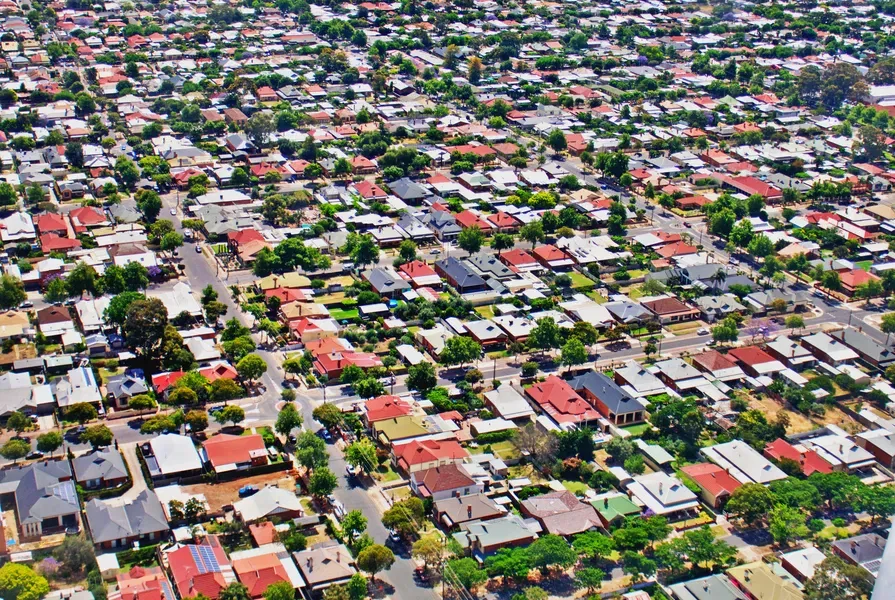- by architectureau
- 16 Aug 2025
Feedback sought for draft Greater Adelaide Regional Plan
The South Australian government has invited feedback on its draft Greater Adelaide Regional Plan (GARP), a 30-year vision for suitable future development.
- by architectureau
- 04 Oct 2024
- in architects

The South Australian government has invited feedback on its draft Greater Adelaide Regional Plan (GARP), a 30-year vision for suitable future development.
The draft plan builds on insights collated from a three-month consultation process in late 2023. It presents a long-term vision for sustainable growth across the Greater Adelaide Region, an 11,000-square-metre area from Cape Jervis to Murray Bridge that encompasses the CBD and the townships of the Barossa Valley and extends to the boundary of Port Wakefield.
The region is currently home to about 1.5 million people, representing approximately 85 percent of the state's population. This figure is predicted to increase by an additional 670,000 individuals by the year 2050. In an attempt to meet this future influx, the plan aims to proactively pinpoint appropriate land for housing, employment and commercial developments, as well as any supporting infrastructure. It highlights prospective areas for an additional 315,000 homes and the introduction of green spaces.
The key items on which the government is requesting feedback include: the nominated siting of new housing and employment developments, specific areas that should be protected from future development and the maor infrastructure needed to support such growth.
The consultation period for the draft closes on 4 November 2024, with the plan set to be finalised in the first quarter of 2025. To submit feedback, visit the Regional Planning Portal.
- by travelandtourworld
- descember 09, 2016
California Joins New York, Nevada, Florida, Hawaii, Oregon, North Carolina, and Other US States in Experiencing a Significant Decline in Tourism
Now California joins New York, Nevada, Florida, Hawaii, Oregon, and North Carolina has been significantly impacted by the downturn of tourism brought about due to a combination of factors. International and domestic visitors now have to deal with rising travel costs and skyrocketing airfare and accommodation prices. Further, safety concerns, negative perceptions, and traveling to the US are costs in and of themselves. Strict immigration policies are making it more difficult for foreign visitors to acquire travel visas which, compounded with the long-standing effects of the COVID-19 pandemic, are fundamentally altering travel behavior and the public’s overall perception of travel. These realities have led to a marked decline in most tourism hot spots.
read more





